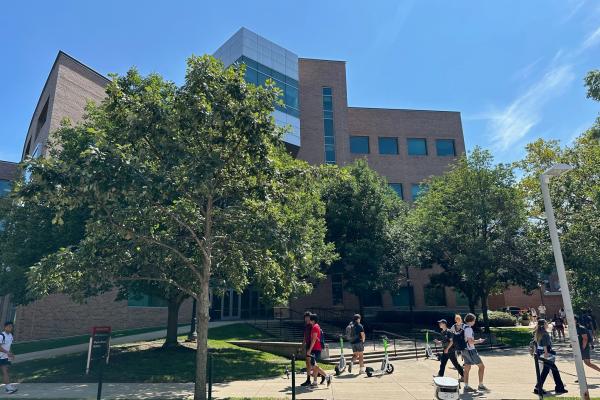
Dr. Thomas Boettcher
Cincinnati University
Studying QCD in the structure of protons and nuclei
Location: 1136 Physics Research Building
Faculty Host: Daniel Brandenburg
Abstract: The structure of protons and nuclei is the result of complex interactions between quarks and gluons. These interactions are governed by the strong force, which is described by quantum chromodynamics (QCD). As a result, probing the structure of protons and nuclei in unexplored kinematic regions can reveal new insights about the behavior of QCD. In this talk, I will discuss how the LHCb experiment is searching for novel QCD phenomena in the structure of protons and nuclei in high-energy collisions at the Large Hadron Collider. I will discuss how the LHCb detector can be used to study matter at extreme gluon densities, and how LHCb can search for valence-like heavy quarks produced by non-perturbative interactions. Finally, I will discuss how this work will continue at the Electron-Ion Collider currently under construction at Brookhaven National Laboratory.
